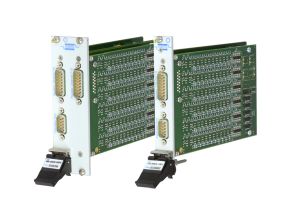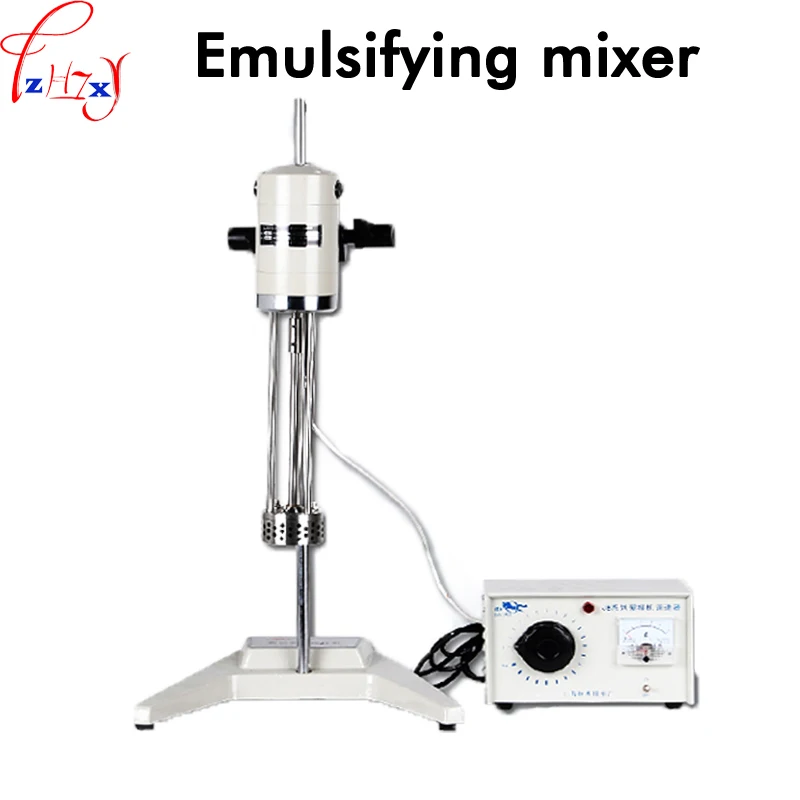

In this article we show that when two bridged Pickering emulsions are combined and gently stirred they steadily exchange their interfacial particles. We find that there is a slight drift in the wetting angle of the particles towards becoming more hydrophilic over time, due to water adsorbing at the surface of the particles 18. Additionally, our experiments follow the detailed behaviour of the emulsions over long periods of time. This is shown by the wetting angle at the particle surfaces, which becomes higher as the volume fraction of isopropyl myristate in the oil phase, Φ IM, increases 13. Increasing the concentration of the isopropyl myristate makes the oil phase more polar this tends to pull the hydrophilic particles further into the oil phase 17. The oil phase is a blend of dodecane and isopropyl myristate. Our model emulsion system is made up of oil droplets in water with the interfaces stabilised using colloidal silica particles. Both the average colour of our droplet surfaces and the arrangement of the different colours on each droplet, tell us about the history of the droplets. In our work, we use two emulsions stabilised by different colours of particles. In that work, two emulsions were created with oil phases of differing refractive index, so that they became gradually less opaque as coalescence progressed. to study coalescence events in oil-in-water emulsions produced using a high-pressure homogeniser 16. A conceptually related technique was developed by Taisne et al. Additionally, we note that this method could also be used to probe the fluidity of the particle layer. A preliminary attempt to search for particle bridging using this approach was unsuccessful 15. Here we deploy a novel technique that involves the use of two batches of particles, which have been fluorescently labelled with different dyes, to study the degree to which a Pickering emulsion is remixed during low shear, both qualitatively and quantitatively.
Pickering emulsion simulation shear free#
The release of silica particles into the continuous phase is presumably the result of relatively small forces generating relatively large torques in a manner reminiscent of the shearing of dendritic particle branches by gravitational forces 14, although coalescence events between droplets and any free oil might also release silica particles into the aqueous phase. 13, particle bridges are actually broken by low shear and this can even lead to free silica particles being released into the (continuous) aqueous phase, showing that particle adsorption is not irreversible. If these particles, which are shared by two droplets, are irreversibly adsorbed to both interfaces then bridge breaking should not occur at any modest shear rate. 1(a–d), a phenomenon known as bridging 10, 11, 12, 13. It is possible for droplets in a Pickering emulsion to share particles, as shown in Fig.

Indeed, irreversible adsorption has the status of the standard dogma of the field. It is therefore tempting to conclude that the particles are irreversibly adsorbed at the oil-water interface 1, 2, 3, 4, 5, 6, 7, 8, 9. This is in stark contrast to small-molecule surfactants, where Δ G ≈ 5 k B T, which tend to ‘hop’ on and off the interface. A particle with radius 0.5 μm and a contact angle of 90° at a typical oil-water interface (σ ow ≈ 50 mN m −1) will have a trapping energy of approximately 10 6 k B T (where k B is Boltzmann’s constant and T is the absolute temperature). Where θ w is the equilibrium three-phase contact angle, σ ow is the interfacial tension and r p is the particle radius 1. We find that particle exchange occurs by two routes: firstly, during a period of unbridging and rebridging whose duration can be tuned by varying the wettability of the particles and secondly, during very rare events when particles are ejected from one droplet and re-adsorbed onto another. By starting with two emulsions showing bridging, each stabilised by a different colour of particle, the dynamics can be studied as they are gently mixed together on a roller bank. This occurs when the emulsion contains droplets that share particles, often called bridging. Here we show, for the first time, particles being exchanged between droplets in a Pickering emulsion. The individual colloidal particles have interfacial attachment energies that are vastly larger than the thermal energy, hence they are usually thought of as being irreversibly adsorbed. Emulsion droplets stabilised by colloidal particles (Pickering emulsions) can be highly stable, so it is unsurprising that they are beginning to be exploited industrially.


 0 kommentar(er)
0 kommentar(er)
